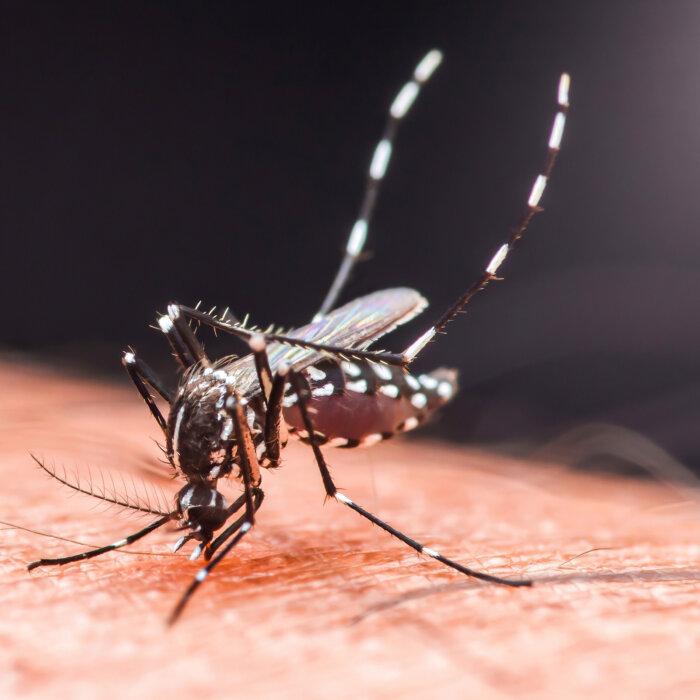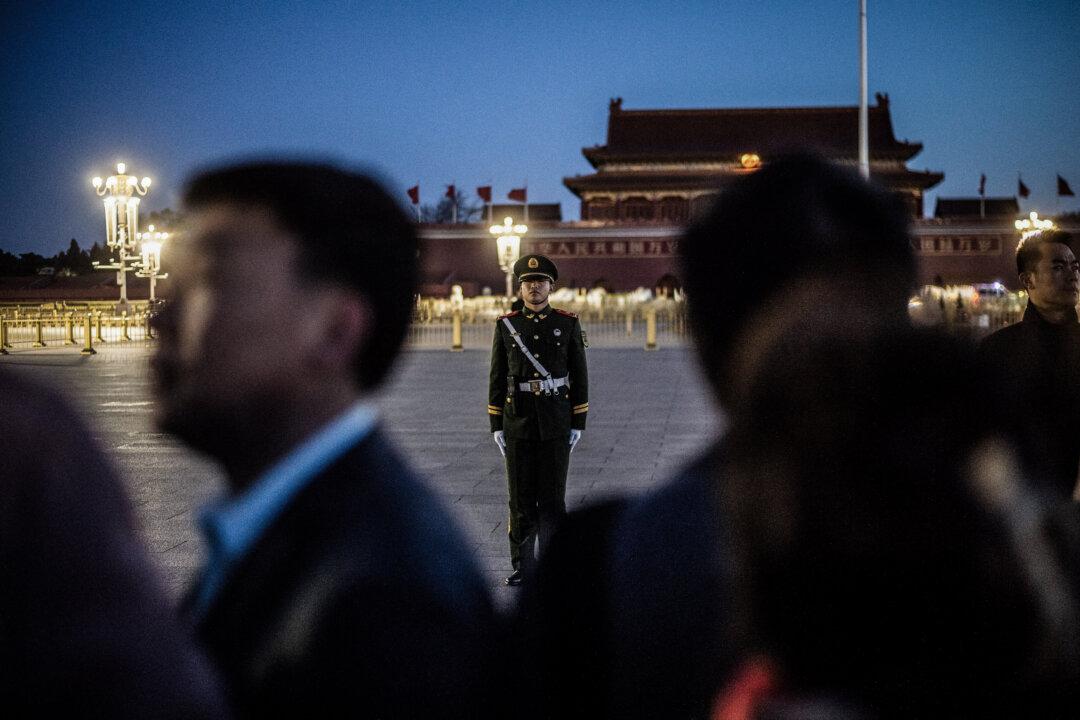As the chikungunya outbreak continues to spread in China, the prevention and control measures imposed by the Chinese communist regime have been causing increasing concerns among medical professionals and the Chinese public.
Guangdong Province reported 1,387 new chikungunya cases between Aug. 3 and Aug. 9, according to a notice by the provincial Centers for Disease Control and Prevention. There have been no deaths from the virus reported so far, according to the Chinese agency.
According to state media, as of July 29, the cumulative number of chikungunya cases in Foshan, Guangdong—where the first cases of the outbreak were reported on July 8—had exceeded 6,000.
Chikungunya fever is a viral disease mainly transmitted to humans by mosquitoes. Its symptoms are similar to those of dengue fever. Patients usually experience fever, severe joint pain, muscle pain, headache, fatigue, and rash.
There is no specific antiviral treatment for chikungunya. Deaths from the disease are rare but do occur, especially among vulnerable populations such as those with underlying health conditions.
The outbreak in China started in the hardest-hit city, Foshan. Confirmed cases have since been detected in more than 10 cities in Guangdong Province, according to the Guangdong Provincial Center for Disease Control and Prevention.
The Macau Health Bureau reported a case of chikungunya fever on July 18. Hong Kong health authorities reported a case on Aug. 2. Both cases were identified as children who exhibited symptoms after returning from a trip to Foshan, according to the local health authorities.
The chikungunya virus has also spread to northern China. The Beijing Center for Disease Control and Prevention issued a prevention reminder on July 22, warning of occasional cases allegedly imported to Beijing from abroad. However, Beijing officials have not released any data.
The U.S. Centers for Disease Control and Prevention issued a Level 2 travel alert on Aug. 1 for China as the chikungunya virus outbreak continues to spread.
Chinese doctors and residents told The Epoch Times that the chikungunya virus has spread to more places in China.
A Chinese doctor whose work is related to disease prevention spoke to The Epoch Times on Aug. 10 on the condition of anonymity, out of safety concerns. The doctor said that chikungunya has spread to the megacity of Chongqing in southwest China, as well as Wuhan city in central China.
A resident said in a video post on social media that chikungunya fever has spread to Hunan Province, adjacent to Guangdong, and that registration is required when purchasing any medications that treat fever.
Foshan Municipal Market Supervision Bureau has introduced sales control of 47 medications for treating fever, rash, joint pain, and other symptoms caused by chikungunya in all retail pharmacies in the city, requiring registration for any sales, according to a notice it issued on Aug. 4.
Mandatory Blood Draws
Local residents in various locations around Guangdong Province posted on social media that mandatory blood tests are being implemented for PCR testing for chikungunya, which is different from the saliva tests for COVID-19.A patient said in a video post that after hospital staff drew three flasks of blood from him, he tested positive for chikungunya. He questioned why the hospital had to take three tubes for testing.
The Chinese doctor, whose work is related to disease prevention, said that the chikungunya virus requires blood for PCR testing, as it is a blood-borne disease.
“Blood draws are also used for tertiary monitoring, and vaccine development requires the isolation of toxins from the blood, so a relatively large amount of blood needs to be drawn,” he said.

A Guangzhou city resident posted on social media on Aug. 9 that Jiangnan Middle Street community office staff came to his home and demanded that the residents allow their blood to be drawn. He refused, and a group of staff repeatedly came back to demand it. Another resident in Guangdong revealed in a video post on Aug. 10 that his community office staff came at 10 p.m. to draw their blood for chikungunya PCR testing.
Mainland Chinese media outlets reported that in the early morning hours of Aug. 4, community office officials in Guangdong’s Zhanjiang City forcibly drew blood from two minors in the absence of their parents, sparking public outrage.
“Chinese government officials taking advantage of parents’ absences to draw blood from children is a serious violation of medical ethics,” Sean Lin, assistant professor in the Biomedical Science Department at Feitian College and former U.S. Army microbiologist, told NTD, a sister outlet of The Epoch Times, on Aug. 10.

Lin said that based on the reports of such harsh actions, he suspects that the Chinese regime “is concealing information about whether other pathogens are also present in [the] outbreak along with Chikungunya, as mosquitoes in Guangdong carry more than one infectious disease.”
Lin said that the Chinese Communist Party’s public health department should publish a research report as soon as possible, especially during the peak of the outbreak.
Mosquito Lab Breeding Program Sparks Concerns
Chinese state media reported in early August that China’s largest mosquito breeding facility in Huangpu District of Guangzhou, Wolbaki, was running at full capacity and releasing 5 million specially treated male mosquitoes per week, in hopes that they would mate with the wild female mosquito population to produce unviable eggs in a population control technique known as Wolbachia transinfection—through which the reproductive compatibility of male mosquitoes is altered by an infection with the common naturally occurring Wolbachia bacterium.“When the [infected] male mosquitoes carrying the Wolbachia bacterium mate with wild female mosquitoes that do not carry the bacteria, the eggs produced cannot develop normally due to cytoplasmic incompatibility and cannot hatch into mosquito larvae,” Gong Juntao, the head researcher at Guangdong’s Wolbaki company that produces the mosquitoes, told Chinese media.
The company claims to have developed an automated technology to efficiently separate male from female lab-bred mosquito pupae, with an error rate of less than 0.5 percent. But Lin said that given the huge number of mosquitoes released, an error rate of 0.5 percent “means there are still about 25,000 female mosquitoes that can transmit diseases being released every week.”

Two months later, China saw its biggest chikungunya outbreak on record.
China’s efforts to curb the reproduction of wild mosquitoes through mass-produced lab males infected with Wolbachia “have failed two rounds,” the Chinese doctor told The Epoch Times.
He predicted that in southern and north-central China, the number of mosquitoes carrying the chikungunya virus will rapidly increase before winter.






